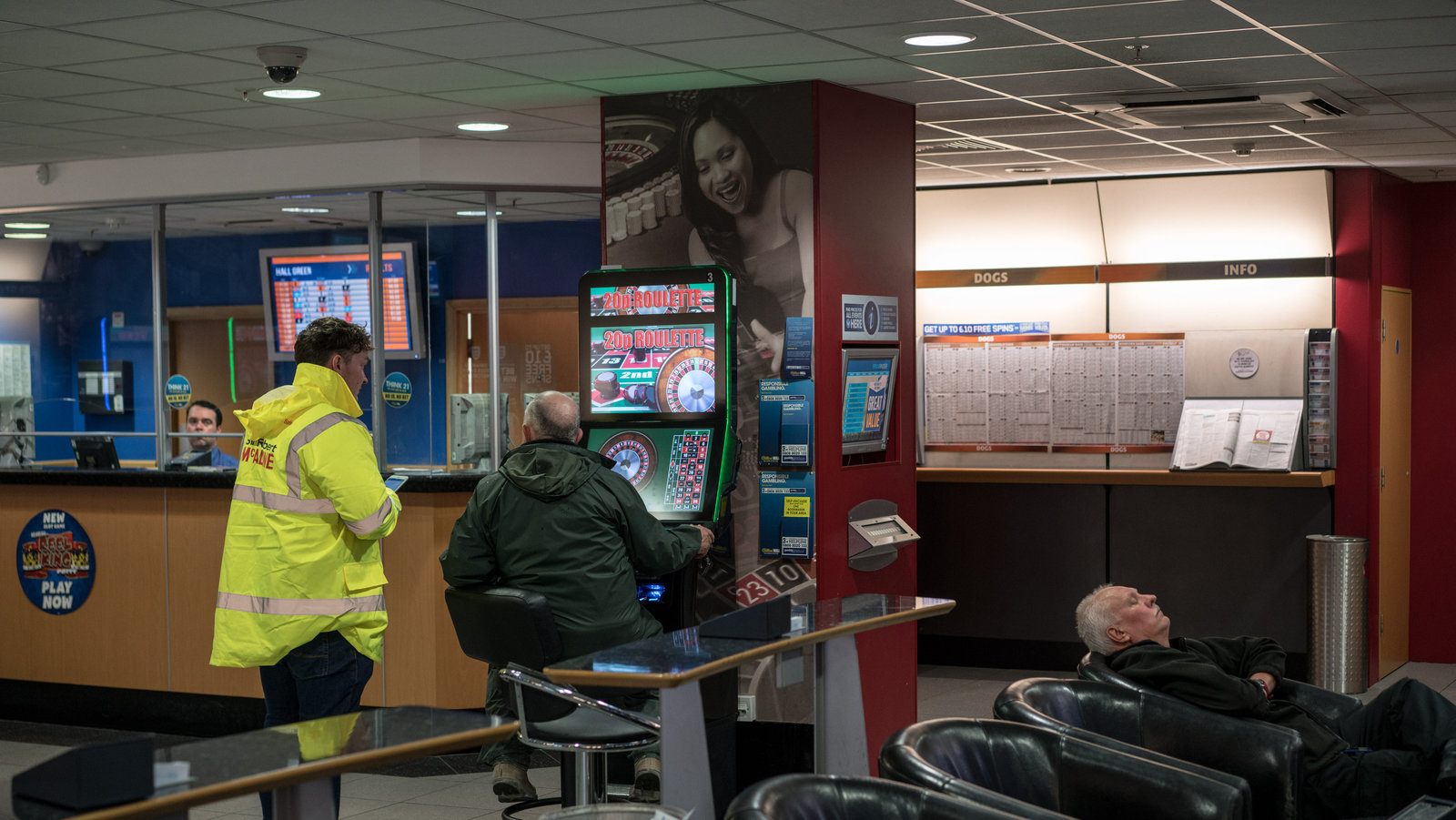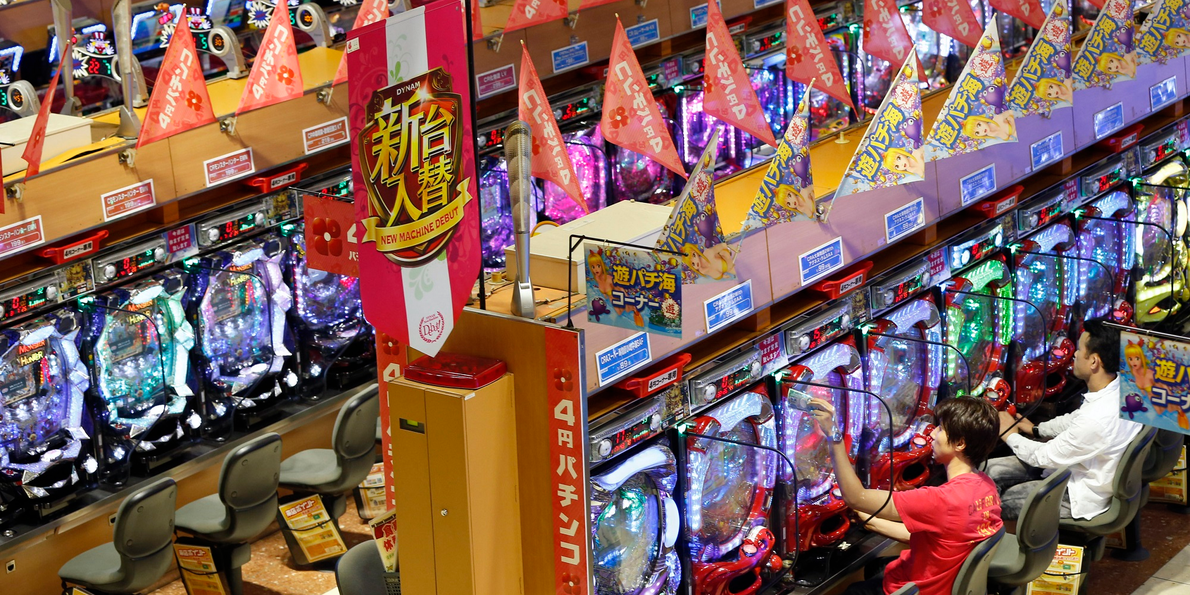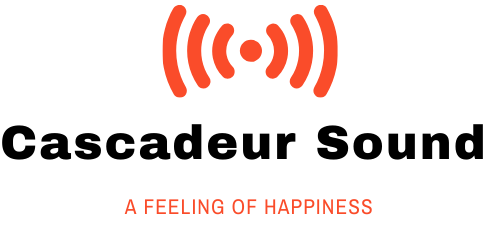Poker players base part of their poker betting strategy on what is commonly described as pot odds. I cannot stress enough that pot odds are not the ‘be-all-and-end-all’ of poker betting. They are just another poker strategy tool that should not be over used.

When you first type ‘pot odds’ into a search engine, you will be inundated with tables and charts, purporting to tell you something very complex in an easy to follow way. Understanding of the basic of Dominoqq gambling site is essential for the gamblers. The information about the poker rooms and tables should be great to get the excellent results. The procedure needs to be followed with simple steps to get the right results.
You will not have the time to refer to these in any detail during an online poker game. I can explain how to make very quick assessments of your pocket cards and the community cards, so you can understand a usable amount about poker pot odds.
Looking at Texas Hold’em, Omaha, Omaha Hi/Lo and other similar variations, three community cards are flopped at once, then the turn and river cards come singularly; the first three community cards will come at a price, subsequent cards may or may not cost. If you get free cards, take them and see if others have allowed you to make a top hand from nothing. Keep in mind; the later in the hand you are asked to pay for cards, (in general) the more they will cost.
When playing poker, apply rough mathematics.
Step one: Forget what you think you already know, i.e. in Hold’em, holding A-K pocket cards you’ll flop a pair X % of the time. Because depending upon which site gave you the information, that number can be quoted as low as 29% and as high as 34%. The truth is out there somewhere and it is not that important.
A-K are good starting cards, so for sure you’ll often want to see a flop with them.
Step two: Understand that pot odds only really come into play after the flop (at certain points of a tourney there may be an exception, but these will tend to be tied in during the later stages of a game with stack size and blind ratio calculations).
Assume you are in a hand at a reasonable price and you now see the flop.
Consider this;
There are fifty-two cards in a deck, though for simplicity base the pot odds on a deck of fifty cards. Consider that the deck is 100% of the cards that can be dealt.
With fifty cards being 100% of the deck, then the chance of any one card being the next drawn is 2%.
Right there, is all you need to know; that is the holy grail of rough pot odds.
Step three: Calculate any hands potential this way.
You have your Q-10 starting hand and have flopped A-K-7. With this flop, there is a chance that at least one of your opponents now has a pair, maybe even two pairs (people like to see flops when the have Aces and Kings in their pocket). You have a draw. You know that if a Jack comes on the turn or the river, you will have made a straight.
There are four Jacks in the pack, each has a 2% chance of being the next card to be laid on the table. So you have four, 2% chances of hitting your Jack. Add that up and you roughly have an 8% chance of bettering your hand on the turn card.
After the flop you know there are two cards to come; you have two 8% chances of hitting your Jack, one on the turn and one on the river. An 8% chance twice, equals a 16% chance of improving your hand with either of the next two cards to be dealt.
If you do not get the Jack on the turn, you now have an 8% chance of hitting it on the river.
Commonly each card you can hit is known as an ‘out.’
Complicating it slightly, your pocket cards are Qh-10h and the flop is Ah-Ks-7h, you now have a straight and a flush draw. Any Jack will give you a straight; any heart will give you a flush. So work it out.
Four Jacks equal 8% + 8% ~ there are thirteen cards of a single suit in a pack, you have two hearts in your pocket, and there are two on the board in front of you, leaving nine more hearts in the pack. Nine, 2% chances on the turn and river cards; that is 18% twice.

This is how you would work out your odds quickly.
Four Jacks plus any of nine hearts to come out; equals thirteen cards in total. However you have to remove one of those outs from your calculation, because you have accounted for the Jack of hearts twice (once as a Jack and once as a heart).
You are left with twelve, 2% chances, twice; giving you a mighty 48% chance of improving your hand.
Stop! Don’t get fooled into thinking this is the same as a 48% chance of winning the hand. Your best chance in the given example is to make the flush, but remember you will be Queen high on it. An opponent may be King high on it.
Also remember before you pay to see the turn card, that if/when you miss, you may have to pay again to see the river card. That brings in potential pot odds, and more headaches than you need right now.
For some players, a straight/flush draw with two cards to come is enough to bet strongly now (it may push others off their hand, or build a bigger pot if there are callers). So conversely, if you see two suited cards on the flop, start thinking about how and why others are betting.
“So how does knowing the odds of improving my hand help me” I hear you ask.
The strategy is simple; if you have a 10% chance of improving hopefully to a wining hand, then the cost of your call should not be more than 10 percent of the current pot total. With a 30% chance, you may call a bet of up to one-third the current size of the pot. This call can be easy if you are last to act in a betting round, but it is not so simple if you are early to act in a multi-way pot.
i.e. The pot is already worth 1000 chips.
Your cards are Qh-10h and the flop is Ah-Ks-7h, you have a straight and a flush draw.
If your opponent acts first protecting his flopped two pairs (Aces and Kings) by betting 1000 chips, you have a decision to make.
Ignoring blind ratios, bubble play and stack sizes, you will need to put in 50% of the pot if it is a one on one contest. This is a questionable call to make. You have a 48% chance of improving your hand. Some will make this call, some will not.
If you make the call, consider if the turn card is a blank, how much you may have to bet to see the river card.
Again, potential pot odds and headaches all round.
If your opponent with his two pairs had bet 100 chips, you’d make the call in a heartbeat.

Without getting too technical, if you have to put in much less in terms of % chips than the % odds of improving your hand, then think about making the correct call.
If all you have is a gut-shot straight draw (a maximum of two 8% chances) and are asked to put in 50% of the pot value in chips, it’s a no brains option; just fold.
The difficult calls are the marginal ones. Twelve cards to improve your hand and 24% of the pot is asked for; or 30% of the pot when your nine card flush draw will, if it hits, have you only 7 high on it.
You pay your money, you make your choice. But don’t throw it away on rubbish going against the odds. Remember, we aren’t gambling here.

